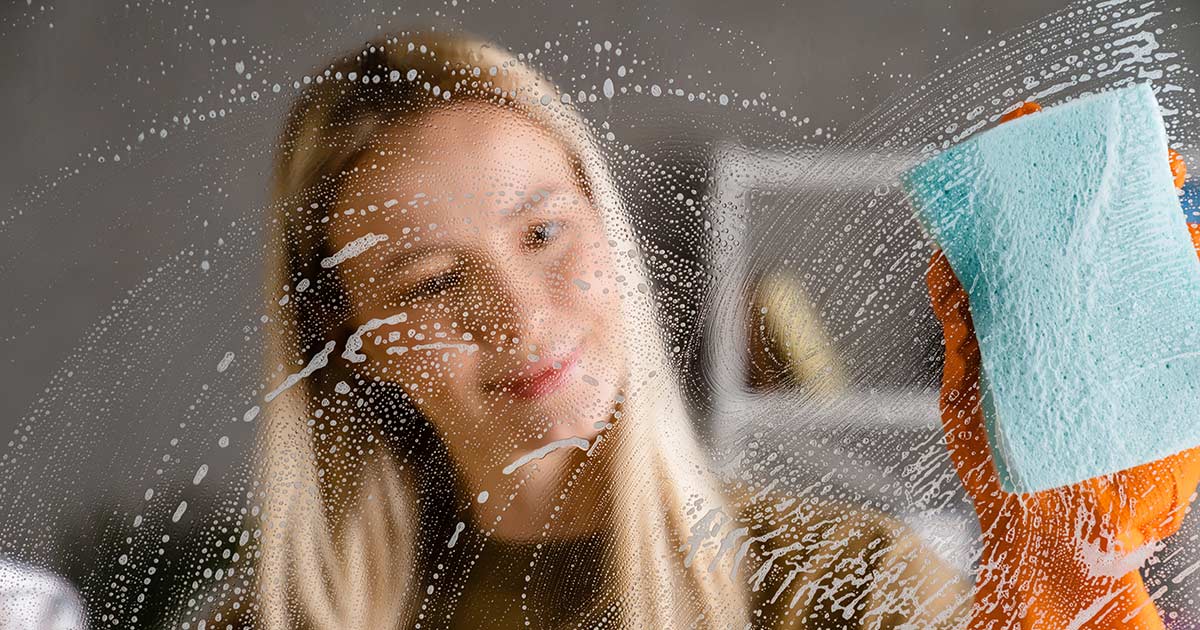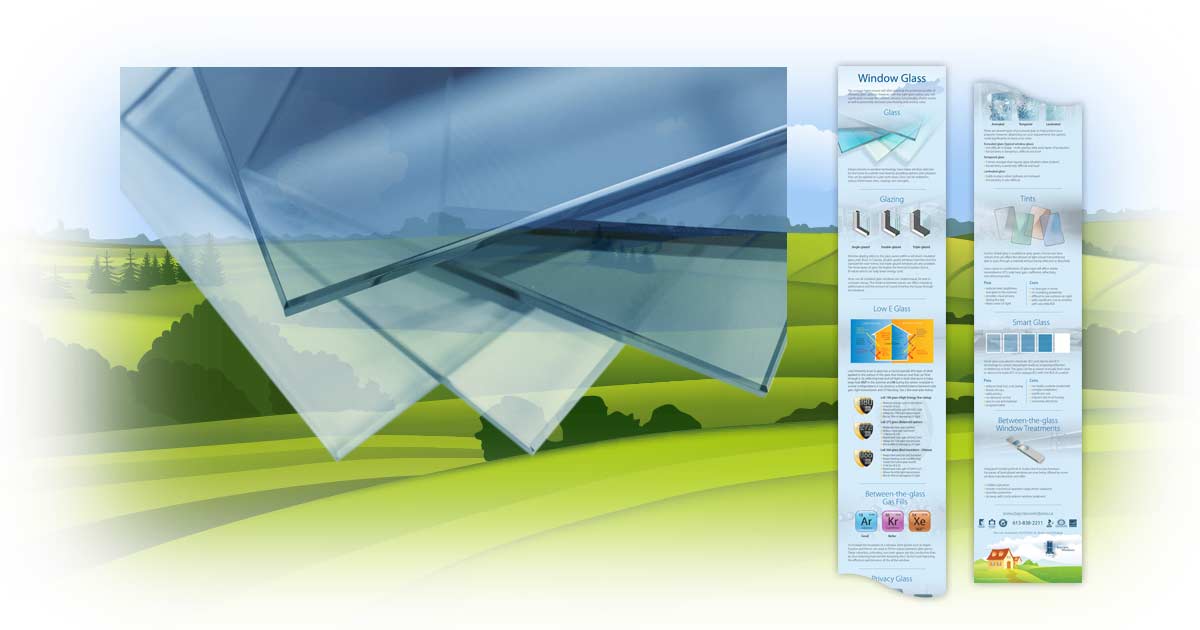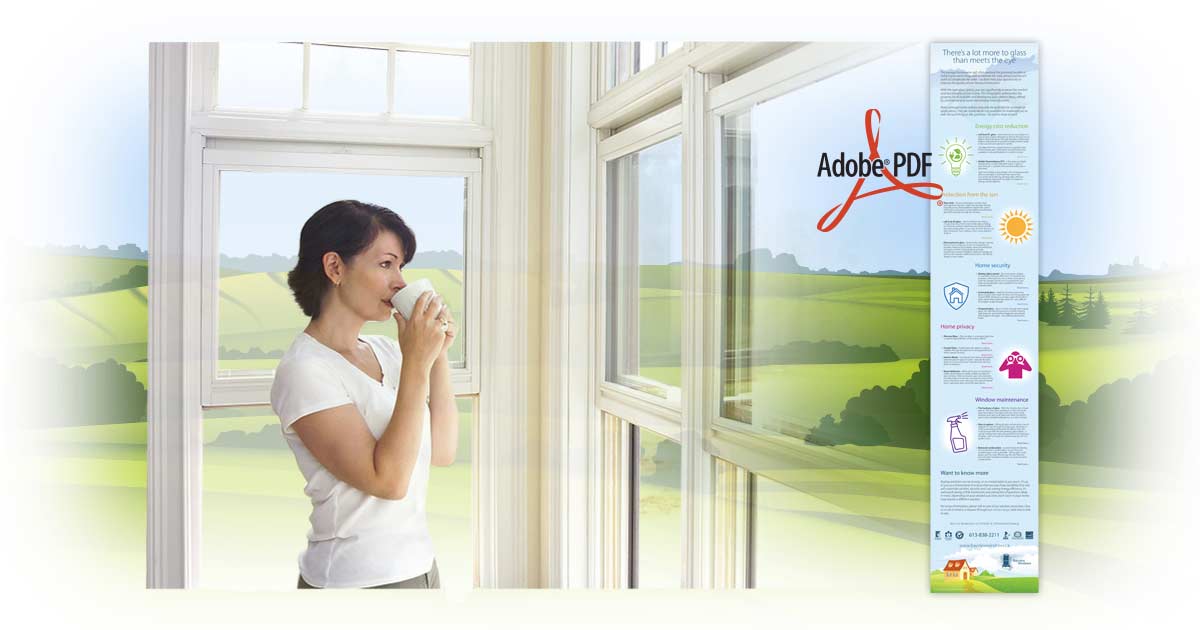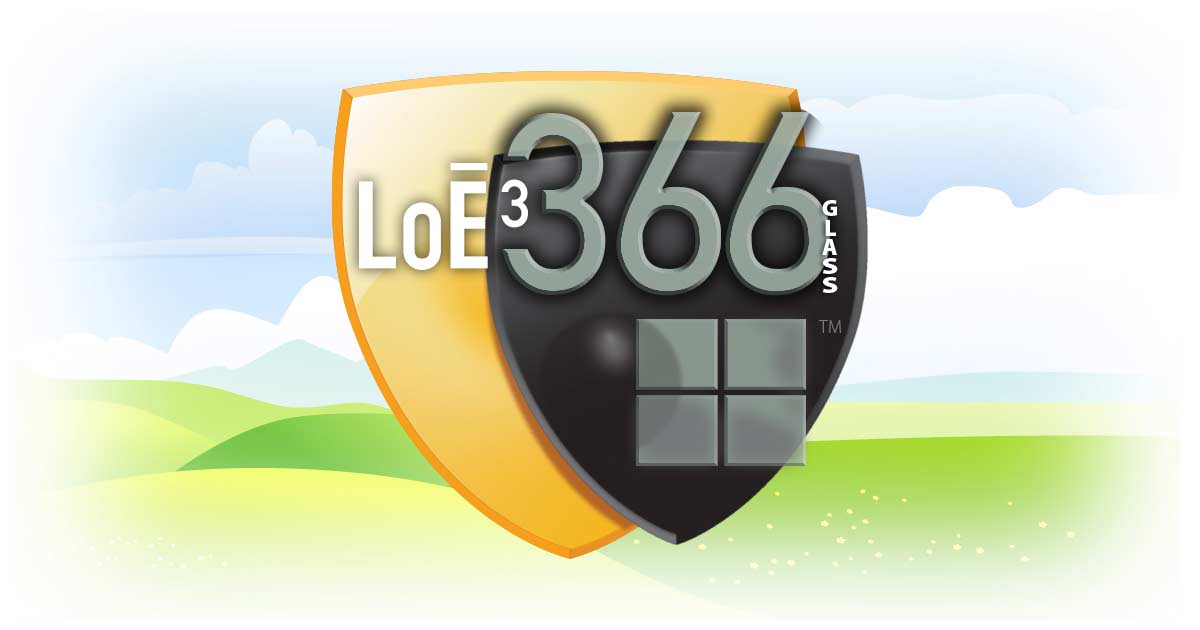Insights > Article > Posted: 2023-Nov-16, Updated: 2025-Oct-31
Self‑Cleaning Window Technology Explained for Ottawa Homeowners
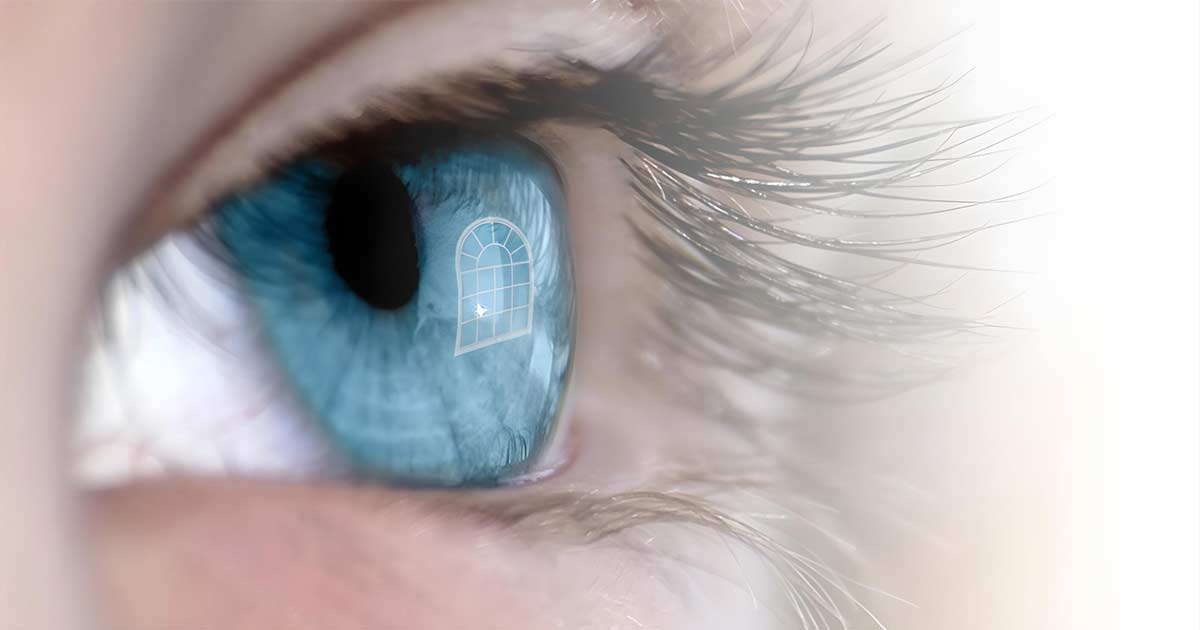
There’s a cleaner solution
Yes, you can actually purchase windows that will do all the tough cleaning for you - no ladder, no buckets, no sponges… Self-cleaning windows will make you and your eyes happier by helping you conserve energy for all those “OTHER” house maintenance chores.
The nature of glass
An organic grimy microscopic residue is naturally present on just about everything we see and touch, and on glass, it creates a hydrophobic repelling nature (oil and water effect) that causes water to bead into droplets that flow down the glass on windows. Loose dirt will build-up on these water beads and in microscopic channels that dry into dirty looking watermarks.
Hydrophilic glass
In 2001, Pilkington Glass announced the development of the first self-cleaning windows, Pilkington Activ™, a hydrophilic process. This coated glass has a visible reflectance of around 7% and a visible haze of less than 1% but absorbs 20% of incident solar UV light which is used in the self-cleaning process. The coating is robust and cannot be damaged by the application of tape or moderate cleaning. Pilkington claims that the coating will last the lifetime of the window frame. Using their own special patented processes other companies jumped on the bandwagon to produce their own versions of self-cleaning glass.
Other self-cleaning brands include:
- Pilkington Activ™ by Pilkington Glass
- Neat Glass by Cardinal Glass Industries
- GG Aquaclean and Bioclean by Saint-Gobain
- SunClean brand by PPG Industries
Making it work - a two-step hydrophilic process
Photocatalysis
Through photocatalysis (UV energy) a safe and effective chemical reaction, a thin permanent coating of titanium dioxide (titania) about 20 nanometers thick on the glass burns away and breaks down the molecular bonds in a naturally forming layer of microscopic grim (organic dirt particles).
Hydrophilicity
When it rains, or when a window is sprayed with water, the water will interact directly with the glass becoming hydrophilic (glass molecular structure attracts the water molecules) and forms a thin even sheet of water that carries dirt away allowing the glass to dry faster and cleaner.
What about Hydrophobic glass?
Another method of keeping glass and other objects shiny and clean is through what is called a hydrophobic process, where a thin layer of silica coating is applied to the glass through nanotechnology. Windows are by their nature hydrophobic - this process makes them super-hydrophobic.
The hydrophobic process provides anti-smudge coatings and is very easy to clean. The hydrophobic process is the opposite of hydrophilicity, instead of spreading the water into a thin layer (hydrophilicity), its repelling nature prevents dirt bonds to the glass, allowing for easy cleaning. However, because hydrophobic windows typically drip and dry in beads, they still need to be carefully rinsed to prevent dirt from drying in place.
Self-leaning window advantages:
- The process has been designed and tested to last (won’t wash off)
- Windows are always working hard to keep themselves clean
- Water rinses off evenly and evaporates quickly, reducing watermarks
- This glass technology does not change the transparency or quality of the window
- You get a clear view through fogged windows in rainy weather
- It is also non-toxic, chemically inert in the absence of light, inexpensive and safe on the environment!
- In most cases can be combined with glass options such as LoE
Self-leaning window disadvantages:
- Self-cleaning windows will add 15% to 20% to the price of a basic window
- The cleaning process relies on sunlight and rain, so in dry spells, you’ll need to hose your windows if you want them clean
- Self-cleaning glass is a work in progress, never as clean and sparkling as a freshly cleaned pane - but not as dirty as an uncleaned one.
- Photocatalysis only works on organic (carbon-based) dirt, not on paint, silicon or sand
- The process can reduce the light passing through the glass by as much as 5%
- This process is not applied to the interior of a window, so you will still need to clean the inside of your windows
- Although the coating is designed to last as long as the windows, it can still be damaged if you clean your windows with abrasive materials or harsh chemicals
What windows companies offer self-cleaning glass
- North Star Window & Doors - Pilkington Activ™ Self-Cleaning Glass (Hydrophilic)
- Del Windows & Doors - Cardinal Neat Glass (Hydrophilic)
Related articles
Need more information?
If you would like more information on how self-cleaning windows
can help reduce your household maintenance TODO list, talk to one of our window installation
experts.
Request information | 613-838-2211 | Request a quote
(e-book) Guide
(Infographic)
(Infographic)
(Infographic)
Casement Windows
AwningWindows
Casement Windows
Hung Windows
(e-book)
The Basics
30 Common Myths
Do's and Don'ts
